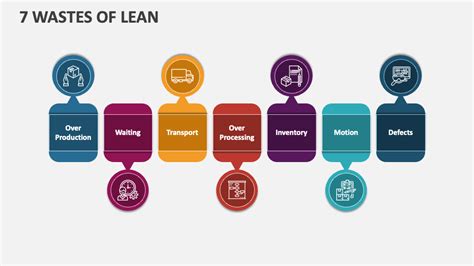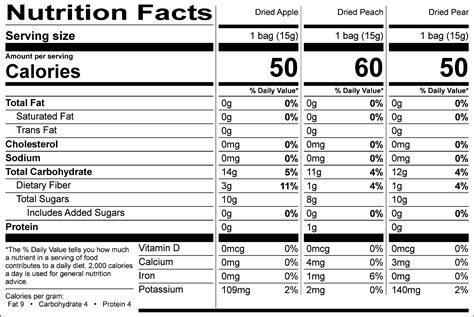Shred fat, keep muscle: Optimal cutting strategy for peak male performance?

The Art of the Cut: Preserving Muscle While Shredding Fat
For many men striving for peak physical performance and an aesthetically lean physique, the “cutting” phase is both a necessary and often challenging endeavor. The goal is simple: reduce body fat to reveal underlying muscle definition without sacrificing the hard-earned strength and mass built during bulking or maintenance. However, navigating a calorie deficit while holding onto muscle can feel like walking a tightrope. This article will unveil the optimal strategies to ensure you shed fat efficiently while preserving every ounce of muscle.

Pillar 1: Caloric Deficit – The Foundation of Fat Loss
The fundamental principle of fat loss is consuming fewer calories than you expend. This creates a caloric deficit, forcing your body to tap into stored fat reserves for energy. For an effective, sustainable cut, a moderate deficit of 300-500 calories below your Total Daily Energy Expenditure (TDEE) is generally recommended. A more aggressive deficit might yield faster weight loss, but significantly increases the risk of muscle loss and can be harder to sustain long-term. Calculate your TDEE using an online calculator and adjust based on your progress.
Monitoring your weight weekly and adjusting your intake by 100-200 calories if progress stalls is a smart approach. Consistency is paramount; avoid drastic fluctuations in your daily intake.
Pillar 2: High Protein Intake – Your Muscle’s Best Friend
During a cut, protein becomes even more critical. A high protein intake serves multiple purposes: it helps preserve muscle tissue during a caloric deficit, promotes satiety (keeping hunger at bay), and has a higher thermic effect of food (TEF) compared to carbs and fats, meaning your body burns more calories digesting it. Aim for 1.6 to 2.2 grams of protein per kilogram of body weight (or approximately 0.7 to 1 gram per pound of body weight). Prioritize lean protein sources like chicken breast, fish, lean beef, eggs, and dairy.

Pillar 3: Strength Training – Stimulate, Don’t Annihilate
Many mistakenly believe they should switch to high-rep, low-weight training during a cut. This is a common pitfall. To signal to your body that your muscles are still needed and prevent atrophy, continue lifting heavy. Focus on compound movements (squats, deadlifts, bench press, overhead press, rows) and aim to maintain your strength. While you might experience a slight decrease in strength due to the calorie deficit, the goal is to minimize this as much as possible. Stick to your usual rep ranges (e.g., 6-12 reps) and try to progress when possible, even if it’s just maintaining the same weight for the same reps.
Pillar 4: Strategic Cardio – A Powerful Auxiliary
Cardio can be a valuable tool for increasing your caloric expenditure and enhancing fat loss, but it should be used strategically to avoid excessive fatigue and muscle catabolism. High-Intensity Interval Training (HIIT) can be effective for burning calories and boosting metabolism in shorter sessions, while Low-Intensity Steady State (LISS) cardio is great for recovery and creating a gentle deficit without overly taxing your system. Start with 2-3 sessions per week, gradually increasing duration or intensity as needed. Listen to your body and ensure cardio doesn’t compromise your strength training performance.

Pillar 5: Prioritize Sleep and Recovery
Often overlooked, adequate sleep and recovery are non-negotiable for a successful cut. Sleep deprivation can disrupt hormones like ghrelin (hunger hormone) and leptin (satiety hormone), making adherence to your diet significantly harder. It also impairs muscle repair and growth, and reduces insulin sensitivity. Aim for 7-9 hours of quality sleep per night. Incorporate rest days and active recovery to allow your body to recuperate and optimize hormone function.
Pillar 6: Consistency and Mindset – The Long Game
Cutting is not a sprint; it’s a marathon. Expect fluctuations on the scale and days where hunger is more pronounced. Consistency in your diet, training, and recovery is far more important than perfection. Develop a resilient mindset, track your progress (weight, measurements, photos, strength levels), and make adjustments as needed. Celebrate small victories and remember your ultimate goal of peak performance and a shredded physique.

Refinements and Advanced Tactics
Once the foundational pillars are solid, you might explore refinements like carb cycling (alternating high and low carb days) or refeed days (planned higher-calorie days) to boost metabolism and psychological well-being. However, these are advanced strategies best implemented after mastering the basics. Supplementation can play a minor supporting role, with creatine monohydrate and perhaps caffeine being the most evidence-backed for performance and energy during a deficit. Always prioritize whole foods.
Conclusion: Your Path to Peak Physique
Achieving a shredded physique while maintaining muscle mass requires a strategic, disciplined, and patient approach. By meticulously managing your caloric deficit, prioritizing protein, maintaining heavy strength training, incorporating strategic cardio, and valuing sleep and recovery, you can navigate the cutting phase successfully. Embrace consistency, listen to your body, and you’ll be well on your way to revealing your peak male performance and physique.







